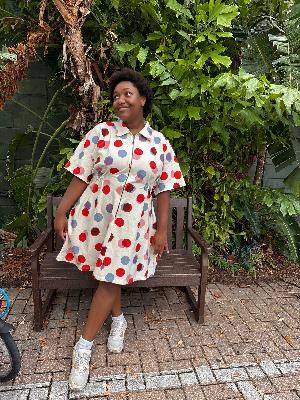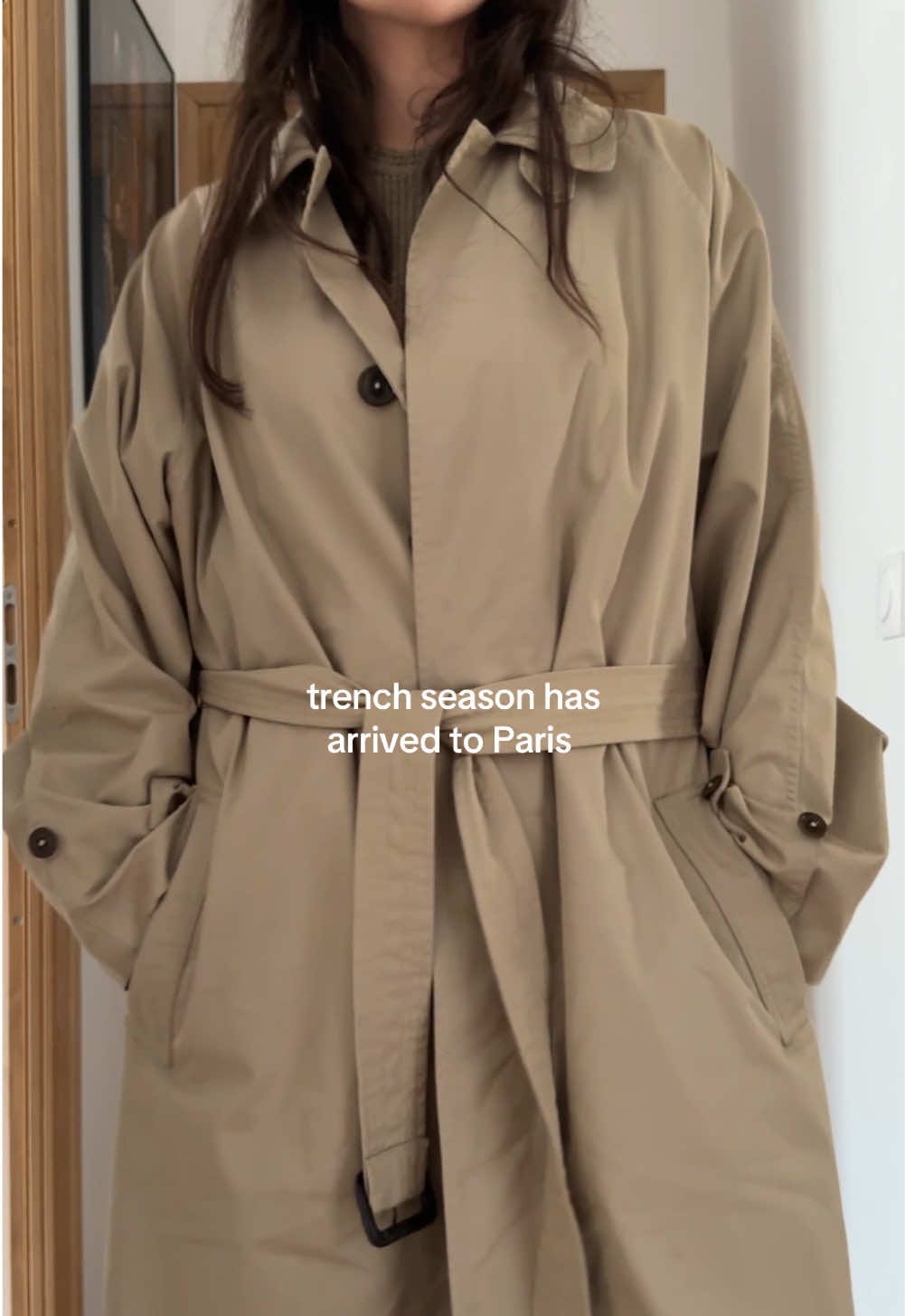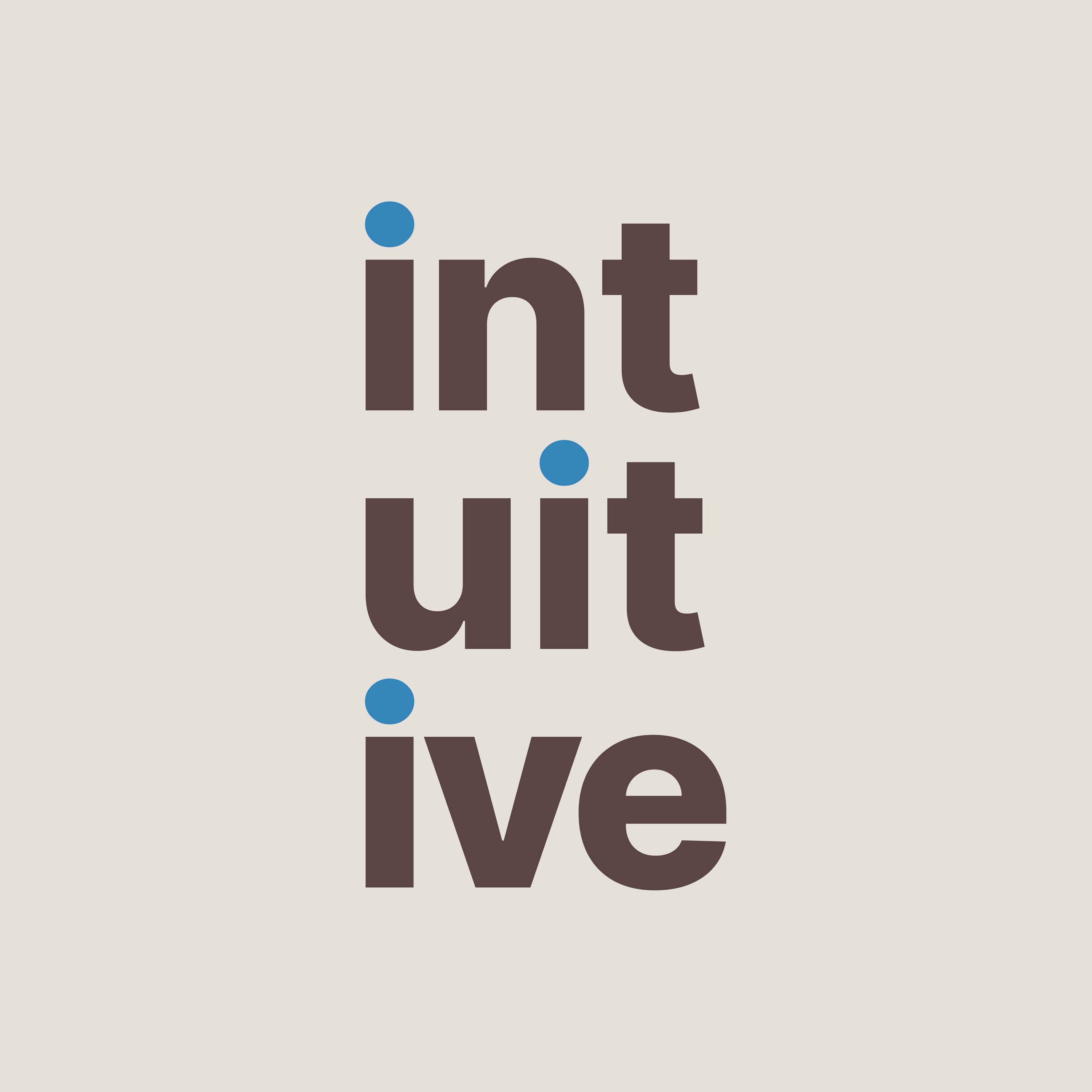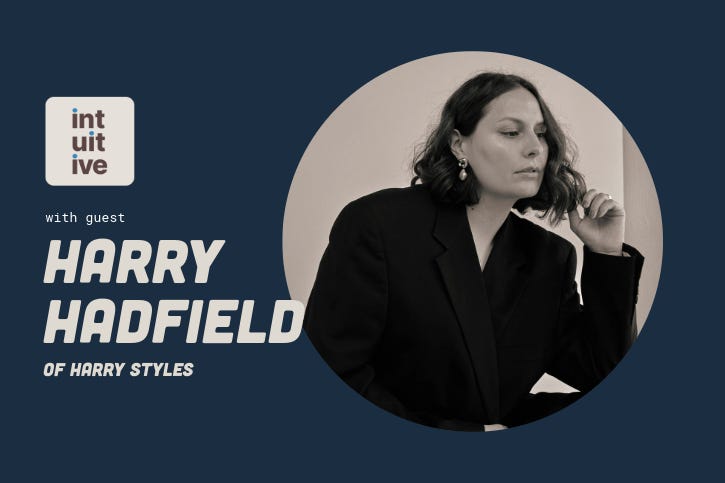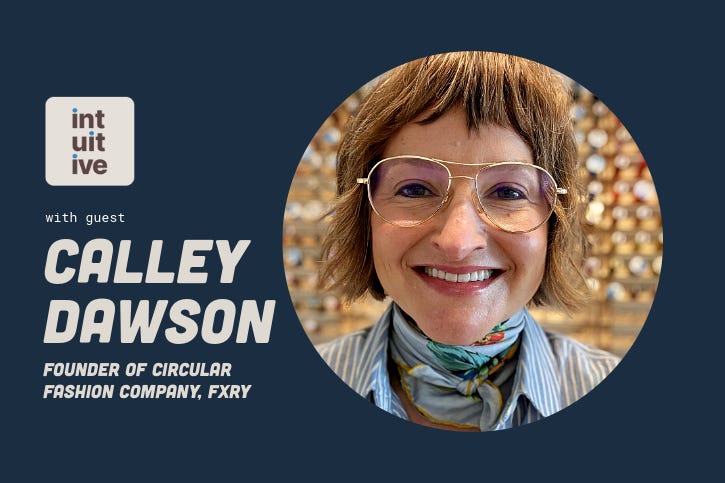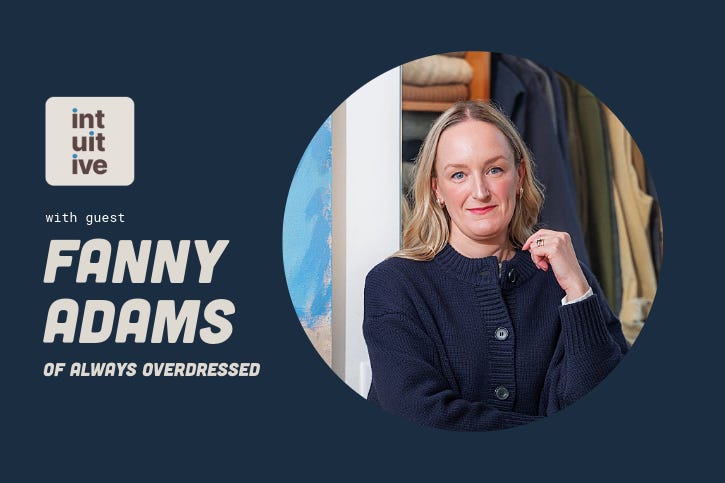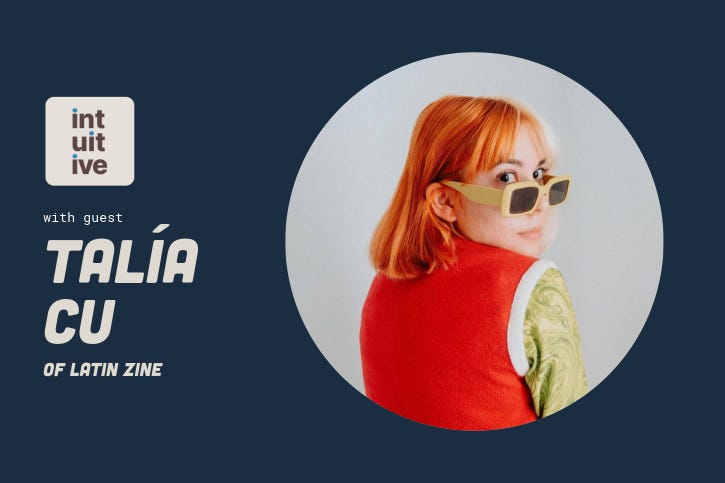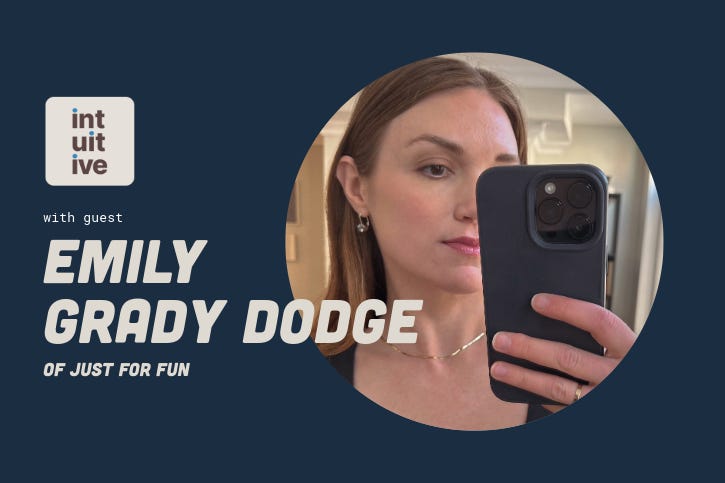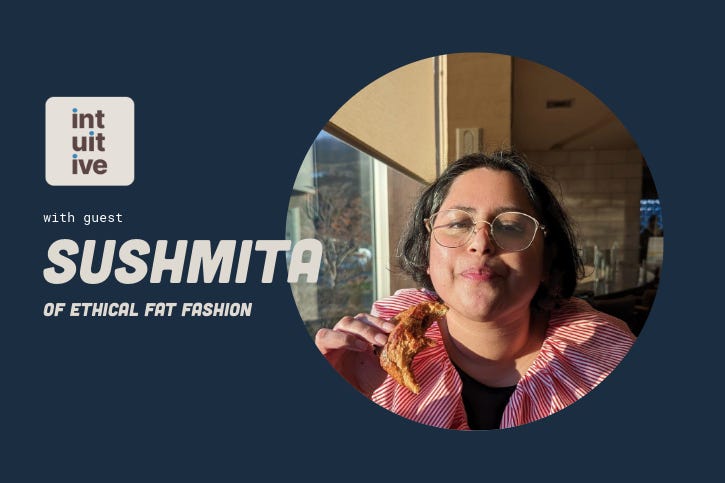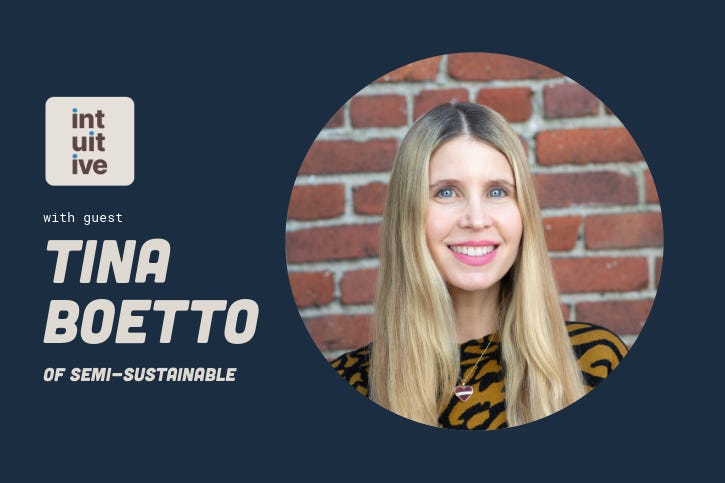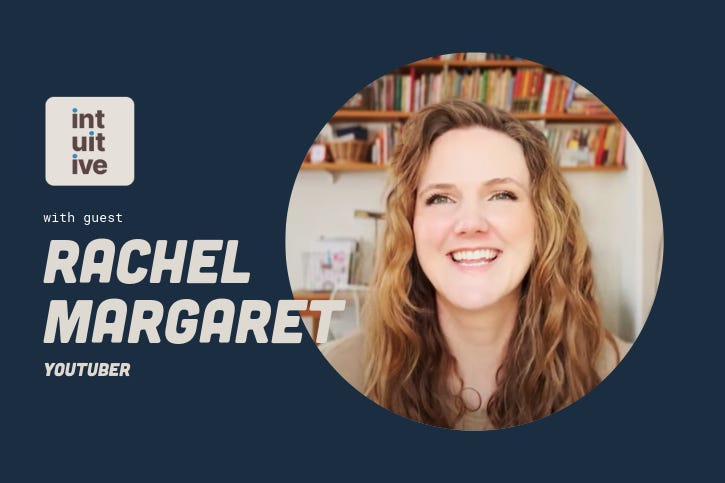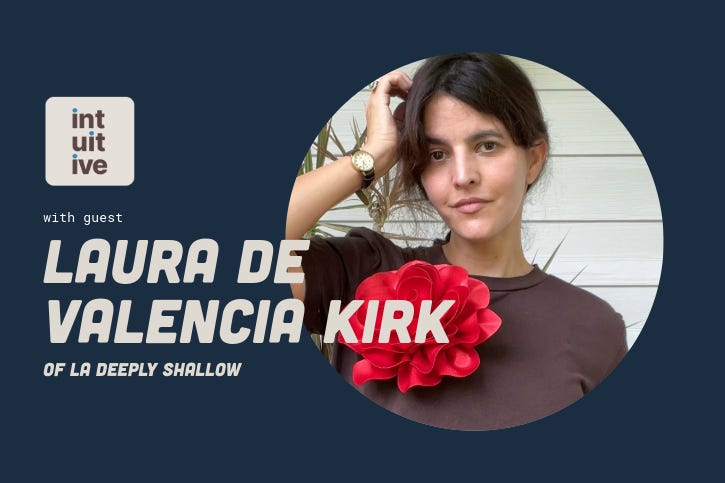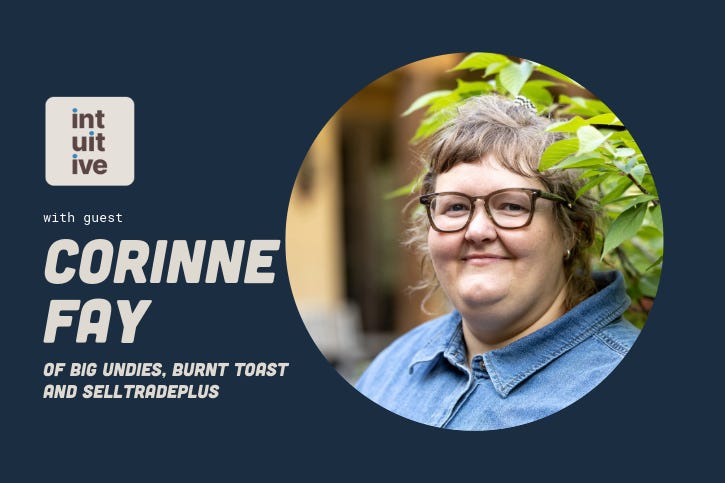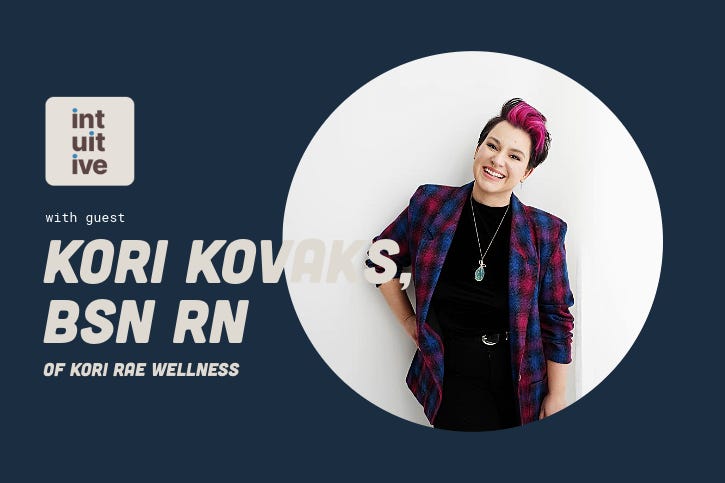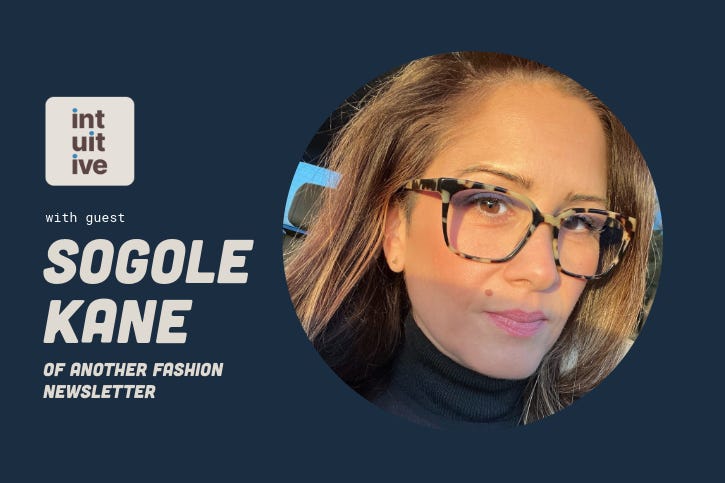Episode 17. How does it feel before you look in the mirror? with Jennifer Cook
Description
You’re reading the second-to-last episode of Season One of Intuitive Style. While we’re on break for summer, you can catch up with all of the incredible previous guest episodes here. Next week, we be our season finale with mindful living extraordinaire Christine Platt. Stay tuned!
I’m delighted to share this week’s episode with much-awaited guest, Jennifer Cook of mom friend! We discuss everything from how Jennifer’s professional experience in fashion impacts her personal style to what she most enjoys writing for Substack! Enjoy.
Episode Transcript
This transcript has been edited for clarity.
Maureen: You're listening to Intuitive Style, where we believe that everyone has style. I'm Maureen. In conversation with fantastic guests, we explore how to tap into our style intuition so that we can dress authentically and live fully. Today's guest is Jennifer Cook from mom friend. Jennifer is a Brooklynite with a job in fashion. Chic. You know her from her weekly recaps covering everything from what's happening in politics to what the moms are wearing at Space Club. Jennifer, welcome to the show.
Jennifer: Thank you so much for having me. It's so nice to meet you.
Maureen: Likewise, I've been reading mom friend for a little while. I'm not even a mom and what you're writing is still really interesting from the fashion insider perspective—just like life in Brooklyn. I like catching up with what Mom Friend's up to.
I took a look at your about page and it really struck me. You said, “when something becomes your job and pays your rent, it's easy to become numb to it. This page has helped relight my curiosity and interest around the industry as a whole, and I love being able to write about it and be in it at the same time.” I don't work in fashion even a little bit, so I would just love to hear a little bit more about your day job in fashion and how writing in your free time feels different.
Jennifer: Yeah, I have been working in the fashion industry on the business side for about thirteen years now. I started on the retail side when I was like fifteen, so I've always been around retail and fashion. It's just kind of ingrained in my bones and who I am. But that said, when you work in something, it becomes a little monotonous. Or when it becomes your paycheck and your livelihood, it can kind of lose some of the luster.
Part of the reason I got into fashion was because I loved it. I loved the clothes. I loved retail. I loved the energy it brought. I loved the people, the artistry, the creativeness of it. Being on the business side for the last decade plus, it lost a little bit of its luster. So in writing the Substack and developing mom friend, it's been so fun to kind of find that playfulness again where it's not so dependent on—my livelihood is not dependent on it. I can play with it, I can have fun, I can explore, I can learn, I can engage with it in a way that's a little bit different from my nine to five.
In the last year or so, I started a new job. I'm a buyer now at a store in Soho in New York City, and I like to laugh about it and say that I just shop with someone else's money for a living, which is not super far off from the truth. But it still has that expectation that you're doing it for someone else—for a store with a different personality, a different customer, a different viewpoint. So on the Substack, it's fun for me to just do things for me. It's what I like. It's what I'm finding. It's what I'm resonating with as opposed to what I'm getting paid to find for someone else. That part has been a lot of fun.
Maureen: That's a really clear and powerful distinction. When you're shopping for the retailer, it's not necessarily about your taste. It's also about what is going to sell, right? Just based off of some things that I've read from you. Is that kind of a fair shake?
Jennifer: Absolutely. There's so much data these days behind my job. So it is kind of a gut feeling you have. It's a taste level. It's knowing your customer. But it's also looking at metrics like selling and developing merchandising plans based on how many iterations of a short sleeve you might need. It's looking at profit margins. These days, where it's being made and where it's shipping from is all the more important. So there's so many factors that come into how I'm buying for the store versus how I look at fashion and style just for myself.
I've been lucky in this role. I've been able to bring a lot of my own personal taste and style and preferences into it. So I feel very fortunate that that's been afforded to me. But at the same time, there's so many other things that go into that job that are based on data and numbers and metrics and getting to know a different customer than I am.
Our store is in Soho, New York. I live in Brooklyn. For those not in New York, those two things are worlds away from one another. The style that you see in Brooklyn and the style of people roaming around Soho—it's vastly different, even being just a few miles apart. So it's really interesting to have to kind of capture that information, process it, and then feed it back in a different way through the store and through my own style.
Maureen: Totally cool if this is too much information from your company perspective, but what is your customer base like then for the brand?
Jennifer: We started many years ago as a menswear brand. So our core customer is a guy. I kind of call him the LinkedIn bro of New York. You know the type—he's a corporate bro, he likes nice things, he's an aspirational customer. He's not totally buying luxury, but he's also not shopping at Zara. He wants things that feel good, that look good, that are basic and easy to wear and don't take a lot of styling. That's always been our core customer.
In the last year, we've transitioned into becoming more of a multi-brand concept store. So we now have women's apparel, home goods, accessories, footwear. It's been a lesson in trying to figure out who that new customer is and how we get new people in the door.
Being where we are in Soho, it is also very tourist-driven. It's striking that right balance between basics, vacation clothes, and fun grab-and-go items for people to remember their trip by. It really spans a wide range of customers. But it's also ever-changing. Especially in New York City—it's such a transient city. People are coming, they're going, they're changing jobs, they're having families, they're moving to Brooklyn. There's always change in who our people are. It's been fun over the last year to try and identify that and not just give them what they want, but also try and tell them what we think they should want. It's striking that balance between things we know they'll love and things we think they should be following. It's a hard balance to strike, but it's also really fun.
Maureen: And I know that this line of questioning could seem tangential to your personal style. But for me, it helps me really understand where you're coming from and how you could get to that place where fashion is a little bit less fun. Everything you're describing sounds very cool and also very corporate. There's a connection element to knowing what your customer likes, but also very business-oriented. Going back to what originally drew you to fashion being the actual clothes and the experience of clothing—those feel worlds apart. What do you think your day job in fashion is? What is the impact of that on how you personally dress, if anything?
Jennifer: It's a huge impact. Less so in my current job, but previously—before becoming a buyer—I was working on the wholesale side of the business where I was representing individual brands. Every time I would represent a brand, I would kind of have to dress in that style. I would dress in their clothes pretty much head to toe. Part of that was due to the fact that I usually had a nice allowance or got a steep discount, so it made it easier to dress like that. One of the perks of the job for sure.
But part of that was also—you feel like a representative of that brand. I always felt like I needed to dress the part in order to sell it better and do my job better. Now that I'm on the buying side, I have a wider breadth of options to choose from, which is great. But on the other hand, there's so much out there that I almost feel too inundated with products sometimes. I'm looking at all these amazing products from hundreds of brands and it can be decision fatigue and information overload. It's been a lesson in trying to pare back my own style and see what resonates with me. What do I actually feel good in? What do I want to wear that fits my life?
I'm looking at all these amazing products from hundreds of brands and it can be decision fatigue and information overload. It's been a lesson in trying to pare back my own style and see what resonates with me. What do I actually feel good in? What do I want to wear that fits my life?
Part of my Substack is talking about fashion and how it relates to the life I actually live. I'm a newish mom. I have a toddler. I live in Brooklyn. I'm on my feet all the time. I'm always running around. I'm also

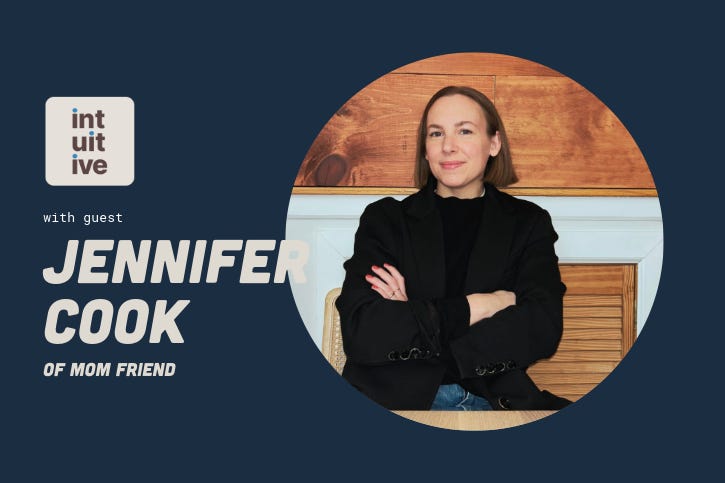
![Episode 24. Rambling in [Intuitive] Style, with Traci Landy Episode 24. Rambling in [Intuitive] Style, with Traci Landy](https://substackcdn.com/feed/podcast/2669400/post/177614968/9bbc5a3f73fab5e46b0a064fb5bff6b4.jpg)
